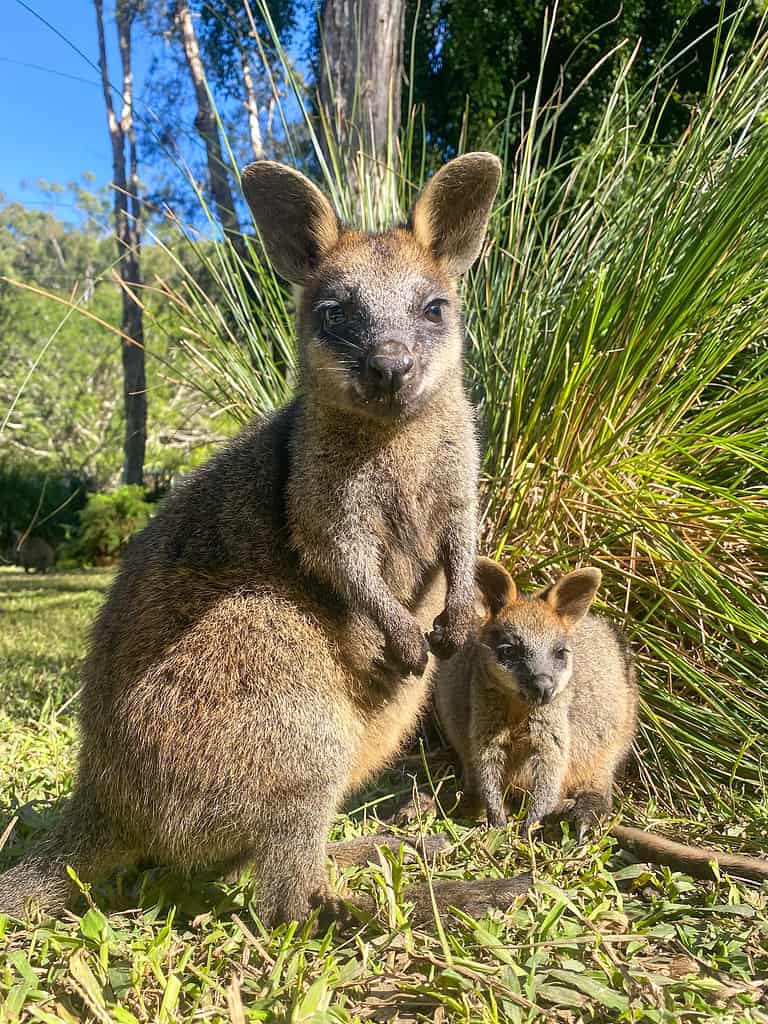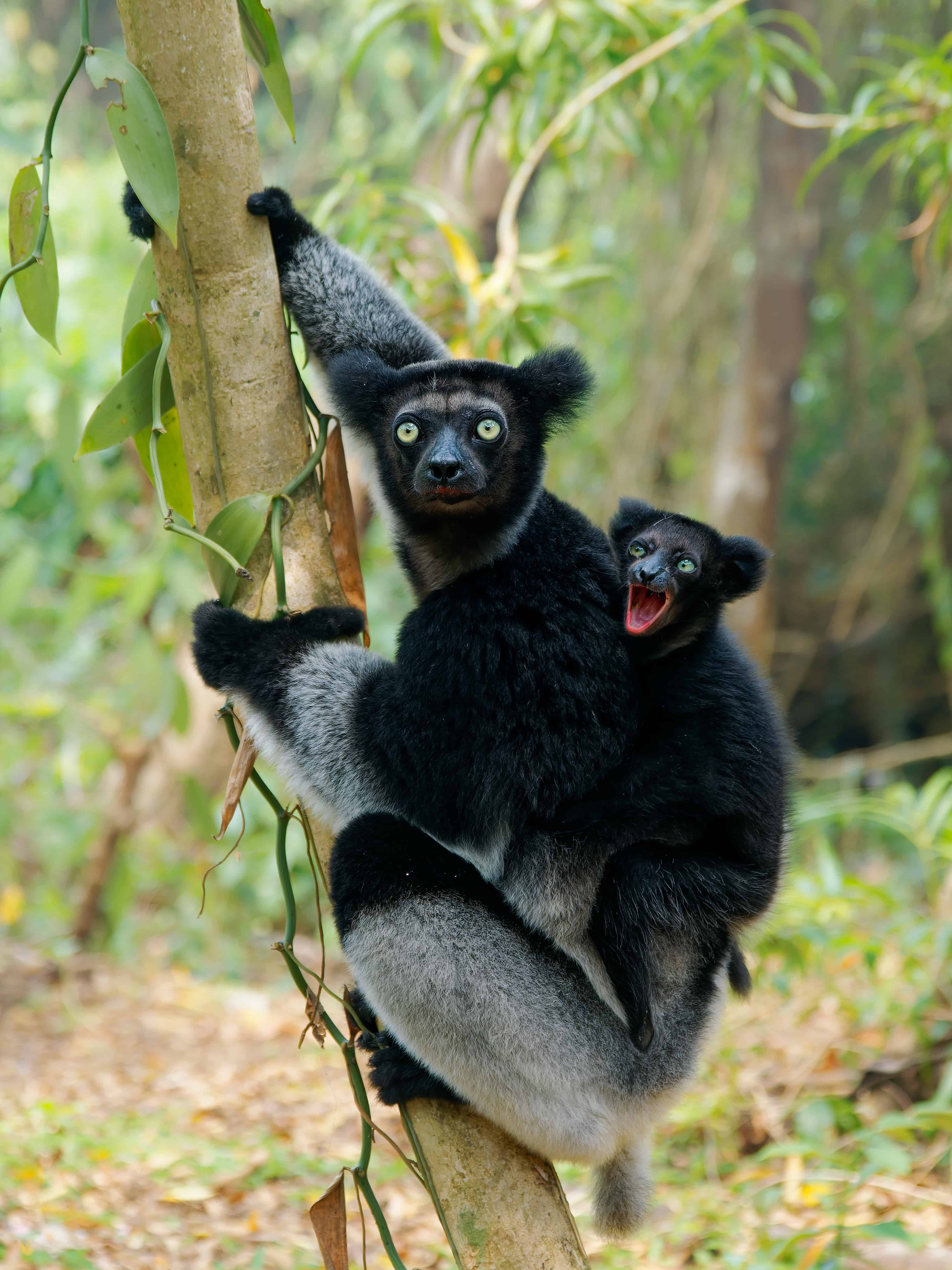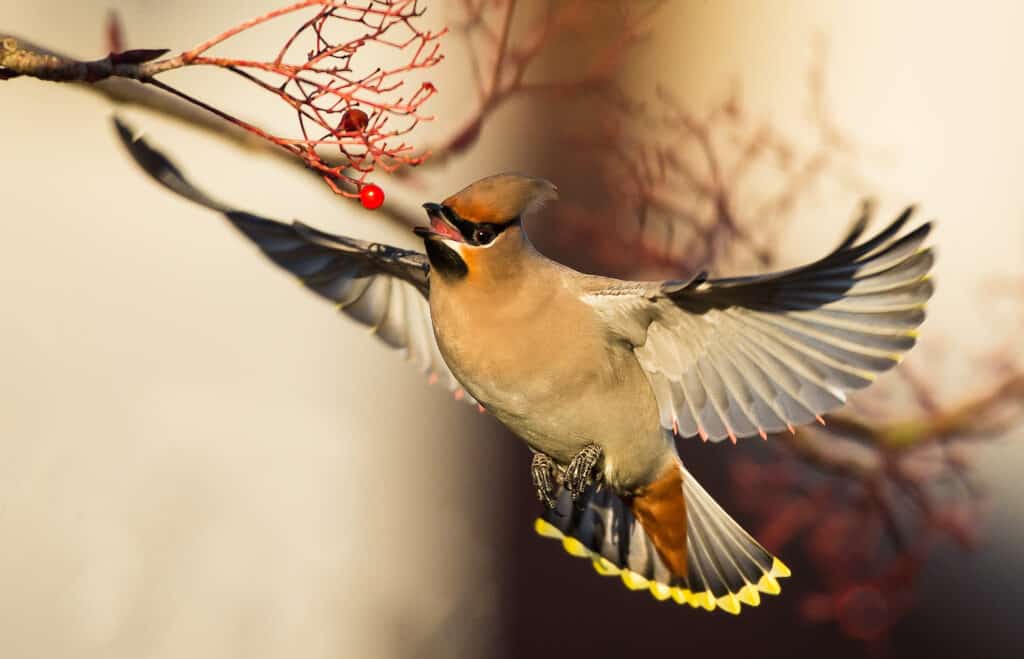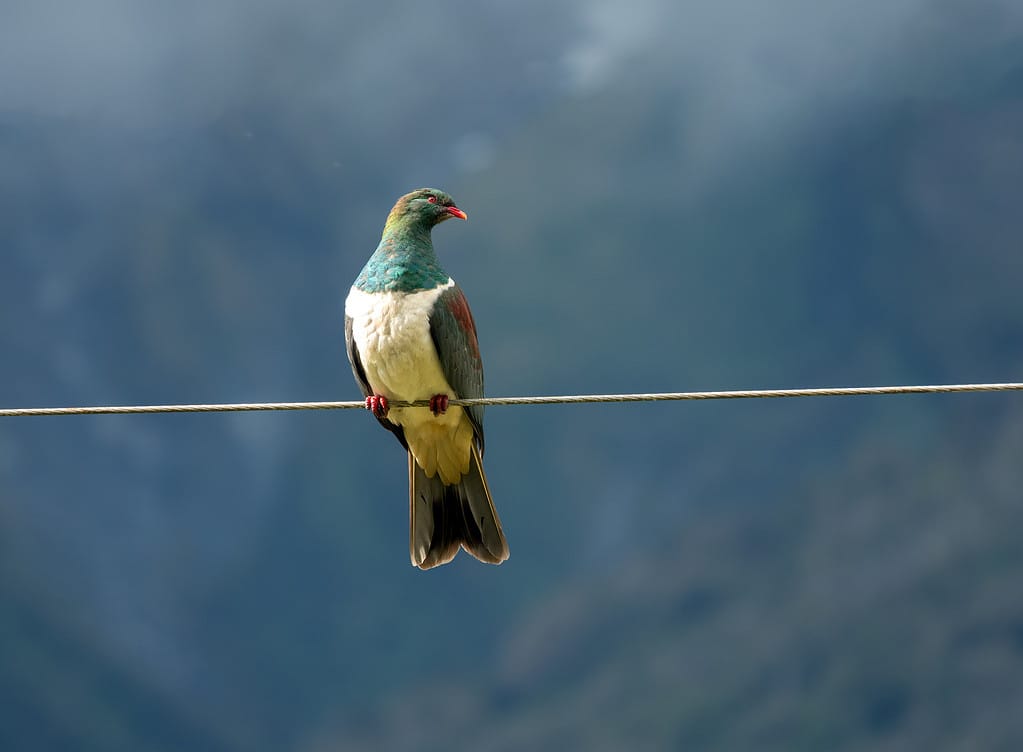When it comes to getting drunk or high, humans think they have a monopoly, but that is not actually the case. There are plenty of animals who have been spotted ‘under the influence’, and some of them are regular users! While a few have been caught pinching human alcoholic beverages or drugs, other party animals just take advantage of what nature has to offer. Let’s take a look at 9 animals that like to get drunk or high.
Wallabies

Poppy fields have been trashed by high wallabies.
©Jo Staveley/ via Getty Images
Wallabies in the southern island state of Tasmania have discovered the local medical opium crops and like what they have found. There are numerous press reports of them chewing on the plant’s heads and getting high. Then, they leap around in circles, creating areas of flattened crops before crashing. There are around 500 legal poppy farms in the area, providing around half of the pharmaceutical market’s supply of raw material for opiate drugs. The wallabies may not be alone; there are reports of deer and sheep acting in a very similar way.
Dogs

Dogs are getting addicted to cane toads.
©Fayzulin Serg/Shutterstock.com
Some dog owners are getting concerned that their pooches are addicted to toads! Some frogs and toads produce poisonous substances as part of a defense mechanism.
Examples include the Sonoran Desert toad, but the most well-known is the cane toad. This South American species has been introduced into Australia including, into Queensland, where dogs are getting obsessed with them. The toad’s secretions contain bufotenine, which is a hallucinogen that produces effects much like LSD. Desperate for a fix, dogs are seeking them out, licking them, and then tripping. Some dogs chase things that aren’t there, but others stare into space. Owners are having to introduce their own ‘rehab’ and are keeping their pets out of their garden, especially after rain when there are most frogs.
Dolphins

A few dolphins have been caught getting high on
puffer fish
toxin.
©RMMPPhotography/Shutterstock.com
BBC documentary makers may have stumbled across a group of dolphins getting high on substances produced by puffer fish. This is a high-risk strategy because in high doses the neurotoxin is deadly! Nevertheless, these dolphins seemed happy to indulge in the narcotic effect produced by small doses. Their behavior is noticeably changed as they float upside down and seem unaware of their surroundings. That gives the puffer fish a chance to escape!
Jaguars

Yage vines are getting jaguars high.
©GoWildPhotography/Shutterstock.com
The jaguars of the Amazon have taught the local humans a thing or two about getting high. It is thought that local Amazonian shamanic people observed the big cats chewing vines of the Yage plant and entering a state of ecstatic delirium. The local populations followed suit and reported feelings of intoxication thanks to the hallucinogenic chemicals (beta carbolines) contained in the plant.
Black Lemurs

Millipedes deliver narcotic sprays to black lemurs.
©Martin Pelanek/Shutterstock.com
The black lemur is endemic to the island of Madagascar and spends most of their time eating fruit. Now and again, however, they grab a local millipede and take a gentle bite to get a ‘hit’. Simply being picked up by a lemur is enough to make the millipede spray a secretion that has both an insecticidal and narcotic effect on the lemur.
Bees

Fermented nectar can make bees very drunk.
©Dave Hansche/Shutterstock.com
The summer heat can cause nectar to ferment and the sugars turn into alcohol. The same can happen with tree sap and rotting apples. When bees consume this plentiful booze, it seems to have a similar effect on them as it does on humans. Intoxicated bees have been seen flying into obstacles, walking around in circles, and getting lost! Some are even barred from entering the hive by other bees until they have sobered up!
Waxwings

Fermented berries can intoxicate waxwings.
©Paul Tymon/Shutterstock.com
Bohemian waxwings get their name from their nomadic lifestyles. In the winter, they head south looking for their favorite food – the rowan berry. The birds either pluck the fruit from the tree or retrieve it from the ground and this is when things start to get interesting. The fermenting berries contain alcohol and considering the birds can eat double their own weight in berries, it’s no surprise that they can become quite drunk. Cedar waxwings in Los Angeles got so drunk on berries from the Brazilian pepper tree one year that a whole flock of them collided with windows and fences and many died as a result!
Kereru

Drunk wood pigeons fall off their perches in New Zealand.
©Leamus/iStock via Getty Images
The kereru, otherwise known as the New Zealand pigeon or wood pigeon is another bird species with a drink problem! They have been known to binge on ripe fruits where a lot of the sugar has turned into alcohol. There is footage online of the birds losing coordination and falling over. Some even fall from trees and pass out. Some even fall in front of cars!
Songbirds

A group of song birds got so drunk in Vienna that many died!
©Alex Poison/Shutterstock.com
In 2006, alcohol was responsible for the deaths of a group of songbirds in a residential district of Vienna. At first, experts thought that bird flu had caused their demise but after further tests, it was found that alcohol was to blame. The birds had crashed into buildings after getting drunk on fermented berries. What’s more, these guys were chronic alcohol abusers. Postmortems of their bodies revealed that they had livers similar to chronic alcoholics.
The photo featured at the top of this post is © Claire Lucia/Shutterstock.com
Thank you for reading! Have some feedback for us? Contact the AZ Animals editorial team.







